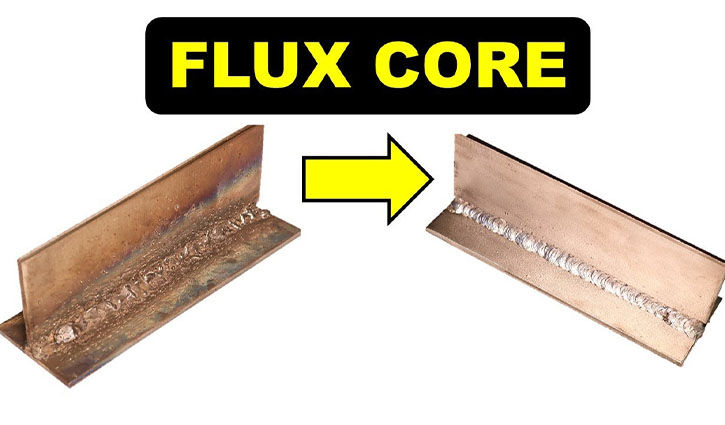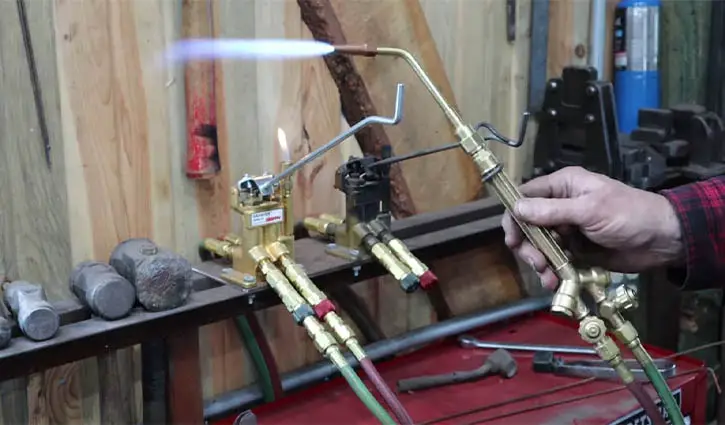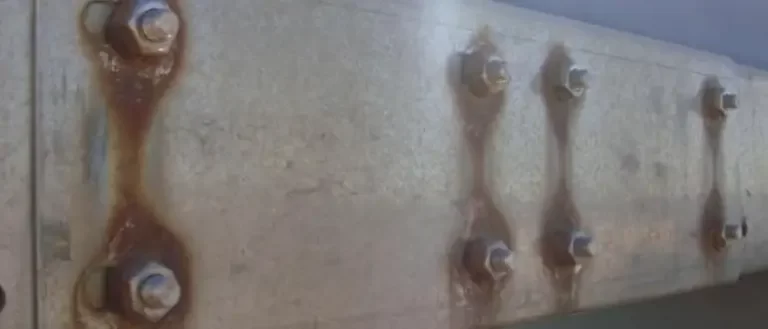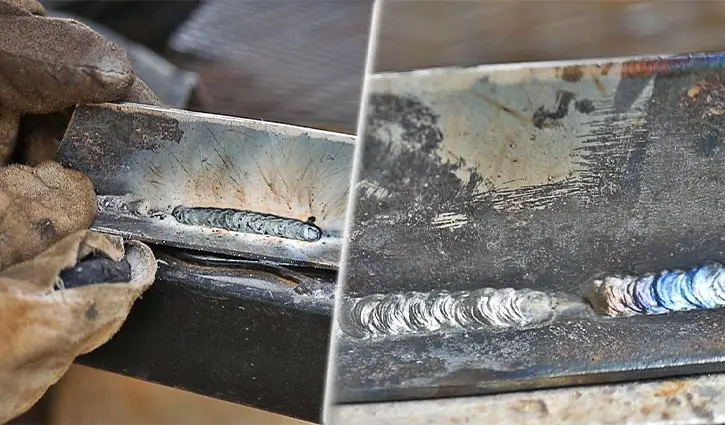MIG Steel C25 Vs. C100 Shielding Gas: Which One Will Be Better?
While performing MIG welding, it is necessary to provide a shielding gas to restrain the base metal from reacting with atmospheric air. When it comes to shielding gas, C25 vs C100 has become a burning question as these two are the most widely used shielding gas.
Now, it’s a great concern to find out which one is more suitable for MIG welding on Steel. Well, let’s look at the in-depth comparison of MIG Steel C25 Vs C100 to choose the best one for your job.
Table of Contents
First, let’s check out the comparison table of the shielding gas.
| Topic | C25 | C100 |
| Arc stability | More stable | Less stable |
| Arc control | More controllable | less controllable |
| Metal penetration | Narrow | deep |
| Compatibility | Low | High |
| Speed | Low | High |
C25 Shielding gas
C25 shielding gas is mainly the mixture of 75% argon and 25% CO2 gas. It is the best shielding gas for MIG welding and most widely used. As quality costs price, it also doesn’t come cheap. It is the most expensive shielding gas available in the market.
Let’s look at some pros and cons of C25 shielding gas to get an overview.
C100 Shielding gas
C25 shielding gas is pure 100% CO2 gas without being mixed with any inert gas. Due to its low cost, C100 is the most used reactive gas in MIG welding. Although it is not as stable as C25, its high penetration capability makes it suitable for welding thick material.
Let’s take a look at some pros and cons of C100 shielding gas.
Read More: Push Or Pull MIG Welding: Which One Will Be The Right For You?
Similarities between C25 vs C100 shielding gas
Although both the shielding gases are different from each other, they have some properties in common. Let’s take a look at their similarities.
Prevent contamination
Both C25 and C100 prevent the molten weld pool from coming in direct contact with O2, N2, and H2 present in the atmospheric air. Molten weld pool reacts with these elements and makes defective welding.
Thus, C25 and C100 shielding gas protects the molten weld pool from being contaminated.
Slag free welding
Both C25 and C100 shielding gases allow the welder to do slag-free welding. As the shielding gas prevents the reaction of the molten weld pool with air, no slag is formed and reduces the post-welding clean-up process.
Differences between C25 vs C100 shielding gas
Although both shielding gases are used for the same purposes, there are some core differences between them. Let’s go through the differences between C25 and C100 shielding gas and make your confusion clear.
Arc Stability
C25- The C25 shielding gas offers better arc stability than C100. As the arc quality of C25 is better, it produces better-quality welding.
C100- The C100 shielding gas produces poor arc stability compared to C25 which results in poor-quality welding.
Cost
C25- The C25 shielding gas is a mixture of 25% CO2 and 75% argon gas. The production process of this mixture is quite complicated. As a result, the price of the C25 shielding gas is very high.
C100- The C100 shielding gas is purely 100% CO2. CO2 is substantially available in nature. As a result, the price of the C100 shielding gas is quite low.
Penetration Profile
C25- The penetration profile of C25 shielding gas is narrower. A narrow penetration arc is easier to control and suitable for welding thin materials.
C100– The C25 shielding gas offers a deeper penetration profile. A deeper penetration arc is quite hard to control but very useful for welding thick materials.
Compatibility
C25- Although C25 shielding gas offers the best welding properties, it is not compatible with all MIG welders.
C100- The C100 shielding gas is almost compatible with all the MIG welders. For compatibility, C100 shielding gas is a better choice.
Welding Speed
C25- Because of narrow penetration, the speed of the welding with C25 shielding gas is a little bit slow.
C100- Due to its deeper penetration profile, C100 provides speed in welding.
C25 vs C100 shielding gas: Which one should you choose?
While performing MIG welding on steel, both C25 and C100 ate the best possible choices. To choose the suitable one for your application, the cost, penetration profile, base metal, and after-weld properties of the shielding gas can be considered.
C25 is the most suitable shielding gas for welding on steel. It offers the best welding properties and better arc control. But due to its narrower penetration ability, it is not suitable while welding thick metals. It is also the most expensive shielding gas available in the market.
Despite a few cons, C100 offers the best suitability while welding thicker metals due its deeper penetration profile. Besides, it is the cheapest shielding gas available in the market.
Read More: What You Should Know About Argon Tig Welding?
FAQs
No, C25 is not suitable to use TIG welding. CO2 is a reactive gas and decomposes into CO and O2 under the TIG welding condition. O2 oxidizes Tungsten and produces defective welding. That’s why C25 can’t be used for TIG welding.
C25 shielding gas is a blend of 25% CO2 and 75% Argon. It is mostly used for welding on carbon steel to provide molten weld pool protection.
C100 stands for 100% CO2 by volume. So, MIG steel C100 means Metal Inert Gas Welding on steel using 100% CO2 as a shielding gas.
Verdict
Shielding gas protects the molten weld pool from reacting with O2, N2, and H2 which results in poor welding properties like porosity, and too much spattering.
C25 shielding gas offers the best welding properties but comes at a premium price. C100 is comparatively cheap and provides deeper penetration and speed.






